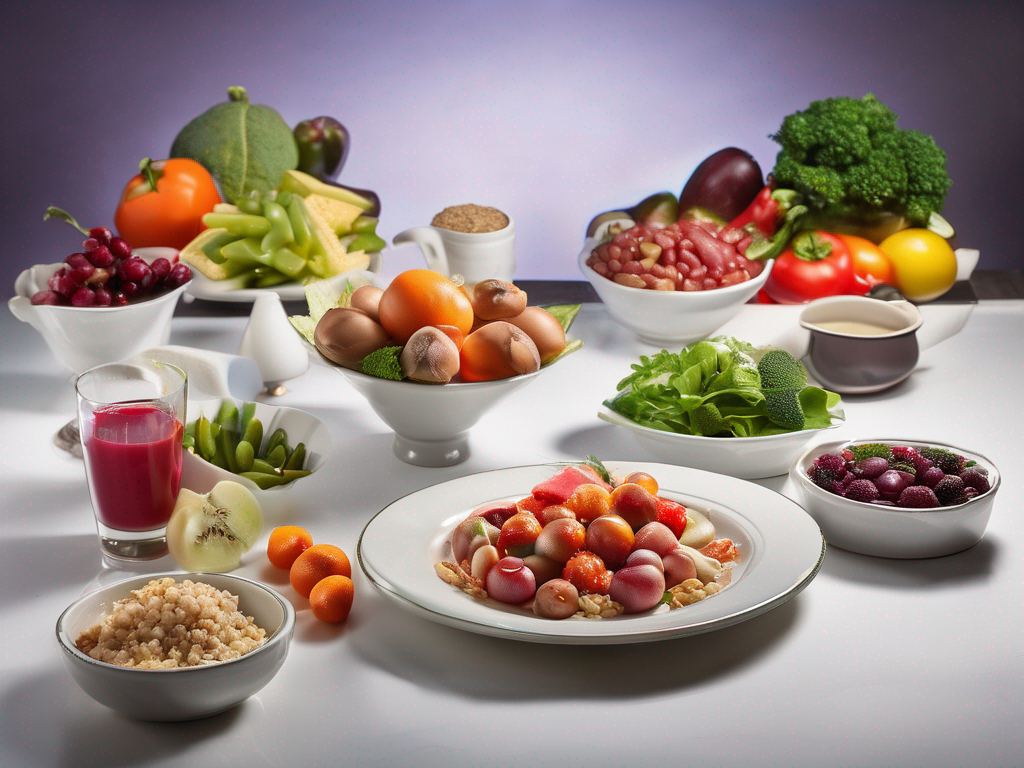
Preserving Flounder Fresh Cooked: Best Methods and Tips
Get Your Free Food Safety Cheat Sheet
30 most common foods with instant answers. Print it and stick it on your fridge—completely free!
Preserving Flounder Fresh Cooked: Best Methods and Tips
When it comes to preserving freshly cooked flounder, it's essential to follow proper food safety guidelines to maintain its quality and prevent any foodborne illnesses. Flounder is a delicate fish that requires careful handling and storage to ensure it stays fresh and delicious. In this blog post, we will explore the best methods for preserving flounder that has been freshly cooked, along with practical tips and safety information to help you enjoy this delectable seafood for longer.
Why Proper Preservation Matters
Preserving freshly cooked flounder is crucial for several reasons:
- Food Safety: Improper storage can lead to bacterial growth and foodborne illnesses.
- Quality Maintenance: Proper preservation techniques help maintain the flavor, texture, and nutritional value of the fish.
- Economic Value: By preserving flounder correctly, you can avoid wastage and enjoy it over an extended period.
Best Methods for Preserving Flounder Freshly Cooked
1. Refrigeration
- Cooling Process: Allow the cooked flounder to cool down to room temperature before refrigerating.
- Storage: Place the flounder in an airtight container or wrap it tightly in plastic wrap before refrigerating.
- Temperature: Store the flounder in the refrigerator at temperatures below 40°F (4°C).
- Duration: Consume the refrigerated flounder within 3-4 days for the best quality.
2. Freezing
- Preparation: Portion the cooked flounder into serving sizes before freezing.
- Packaging: Wrap the flounder in a layer of plastic wrap, followed by aluminum foil or freezer bags to prevent freezer burn.
- Labeling: Clearly label the packaging with the date of freezing to track its freshness.
- Freezer Duration: Frozen cooked flounder can be stored for up to 3 months for optimal quality.
3. Vacuum Sealing
- Benefits: Vacuum sealing removes air from the packaging, preventing freezer burn and maintaining freshness.
- Process: Use a vacuum sealer to package the cooked flounder before freezing.
- Longevity: Vacuum-sealed flounder can last longer in the freezer compared to traditional packaging methods.
4. Pickling
- Flavor Enhancement: Pickling adds a tangy flavor to the flounder while preserving it.
- Ingredients: Prepare a pickling solution with vinegar, salt, sugar, and spices.
- Storage: Store the pickled flounder in sterilized jars in the refrigerator for up to a week.
5. Canning
- Process: Pressure canning is recommended for preserving cooked flounder safely.
- Follow Guidelines: Ensure you follow proper canning procedures and guidelines to prevent contamination.
Safety Tips for Preserving Flounder
- Thawing: Thaw frozen flounder in the refrigerator or under cold running water to maintain its quality.
- Reheating: Reheat cooked flounder thoroughly to an internal temperature of 145°F (63°C) to kill any bacteria.
- Smell Test: Discard any flounder that smells off or has an unusual odor as it may indicate spoilage.
- Cross-Contamination: Clean and sanitize all utensils and surfaces that come in contact with the flounder to prevent cross-contamination.
Conclusion
Preserving freshly cooked flounder requires attention to detail and adherence to food safety practices. By following the methods outlined in this blog post, you can enjoy the delicate flavors of flounder for an extended period while ensuring its safety for consumption. Whether you opt for refrigeration, freezing, pickling, or canning, always prioritize proper handling and storage to savor this delightful seafood dish.
Remember, when in doubt, it's always best to err on the side of caution and discard any flounder that shows signs of spoilage. Enjoy your freshly cooked flounder with peace of mind knowing that you've preserved it using the best methods available.
Authoritative Food Safety References
These agencies and university labs inform every tip and health precaution we publish.
USDA FoodKeeper – Cold Storage Guidelines
Official refrigerator, freezer, and pantry timelines maintained by the U.S. Department of Agriculture.
Visit USDA FoodKeeperFDA Produce Safety Rule & Grower Guidance
Field-to-fridge handling practices that prevent contamination of fruits, vegetables, and leafy greens.
Visit FDA Produce SafetyCDC Foodborne Illness Prevention Hub
Surveillance-backed guidance on pathogens, symptoms, and steps to reduce foodborne illness risk.
Visit CDC Food SafetyUC Davis Postharvest Technology Center
University research detailing optimal storage atmospheres for produce after harvest.
Visit UC Davis PostharvestPenn State Extension – Home Food Preservation & Safety
Peer-reviewed extension bulletins on safe canning, chilling, and reheating practices.
Visit Penn State ExtensionGet Your Free Food Safety Cheat Sheet
30 most common foods with instant answers. Print it and stick it on your fridge—completely free! Want more? Upgrade to the complete guide with 70+ foods.
Scan your food directly and get instant safety info using our AI-powered camera feature.